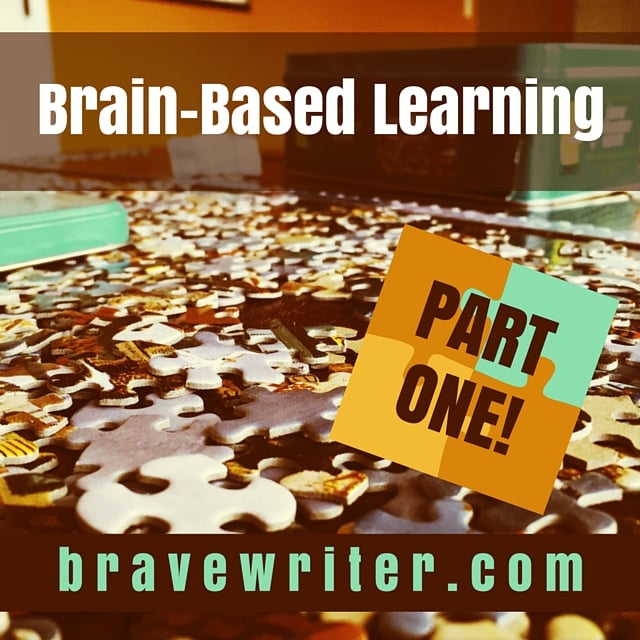Brain-Based Learning: Part One
As educators, we sometimes struggle to trust the learning processes that come naturally to us in the home. We see play and devalue it—thinking that play is what children do while they are immature, but when they are older they’ll have to understand the value of work. We look for signs that our kids are outgrowing play and becoming more serious people. We help that process along by assigning work, chores, responsibilities. We hold them accountable to clean up messes and to have good manners when around other adults.
When it comes to learning, we tend to think that real learning is happening when pages are complete, or when a set of skills has been memorized and accurately applied to problems or leads to reading and writing.
Brain research says otherwise.
Today’s break-throughs in the classroom are directly related to the level of value teachers put on learning that engages the whole person: mind, body, brain, emotions. We are more aware today than ever that learning is a set of interconnections, housed in a personality—a person!
You, as a homeschooler, are uniquely poised to be the most powerful educator in your child’s life simply by taking advantage of home and all its amazing supportive properties for learning.
Before we look at how to turn your home into that remarkable environment for learning, it helps to read and think about the research first. It helps to consider the principles of learning that lead to breakthroughs in understanding.
Please watch the broadcast below (first of a two-part series)
that explores some of this content!
If you want a more in-depth look at how to apply these principles in your specific family, check out The Homeschool Alliance! Our community will give you both the tools, support, and feedback you crave. I’m there every day relating to our family members and we’ve seen huge growth in the last year from those who have participated. Hope you’ll join us!


















